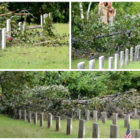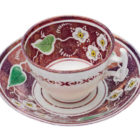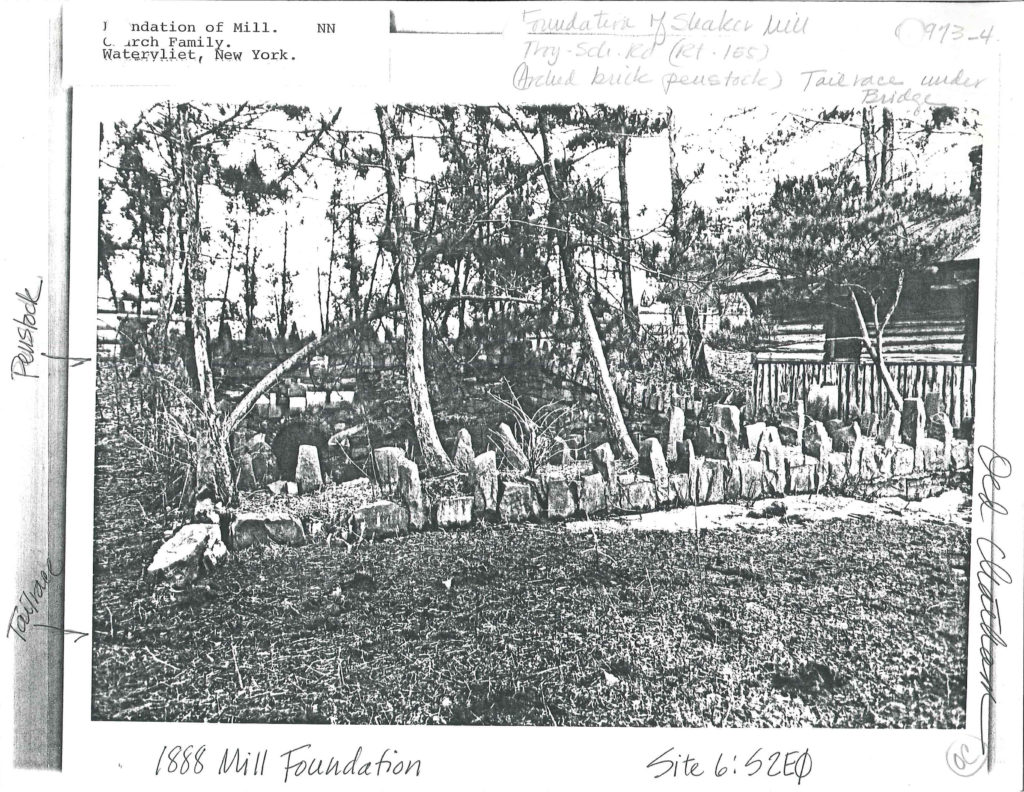The Mill Pond, known today as the Ann Lee Pond and part of the nature preserve established by Albany County in the 20th century, played an important role in Shaker industrial and daily life. Shaker villages were orderly and clean, yes, but they were centers of production as well as worship, and during working hours, the sounds, smells, and sights of manufacturing goods, both for community use and for sale, could be observed. The Mill Pond was, well, exactly that. It was part of the several grist and saw mills that existed on the site over the 19th century.
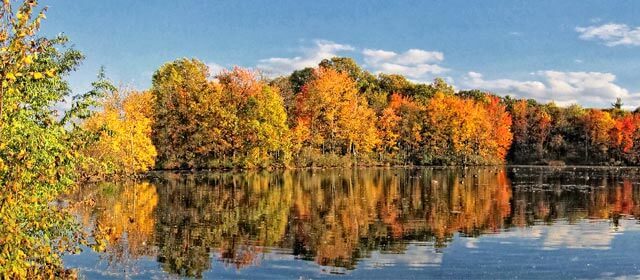
The pond was created sometime prior to 1812, then the first mill was constructed. The area was incredibly swampy, which was, in part, why Mother Ann and the early Shakers settled there in 1776: the rent was cheap. Brethren dredged the south end of the Church Family land for the pond. The original configuration has changed over the years due to new road construction and silting.
Despite the fact that the community had their own mill, there were sometimes issues with it. In December of 1815, the pond was so low that the Church Family had to take their wheat to the Patroon’s mill on the Hudson to be ground. This was the mill of Stephen Van Rensselaer III, who inherited ownership of a huge portion of the present-day Capital District and to whom the Shakers paid rent. (They would eventually purchase the property outright in 1846 in the midst of the Anti-Rent Wars sparked by Van Rensselaer III’s death in 1839).
By the 1840s, the mill was in such disrepair that the community needed to determine whether it was worth fixing up, or if resources and time would be better spent just building a whole new mill. After much back and forth between “leading members and those most concerned,” it was determined to repair the old one to be used until the new one was complete. The new grist and saw mill was completed in 1842 and got a lot of use over the next forty years. Within three years of building, they had four waterwheels running: one in the saw mill, two in the grist mill, and one for running machinery.
The new mill was a powerhouse of production for a number of different Shaker industries, particularly the garden seed business. The Albany Shakers had begun packaging garden seeds in small paper envelopes and selling them as early as 1790; it soon became one of their largest and most successful ventures. Brethren traveled along sales routes to peddle seeds, and they did a good mail order business as well. The seeds were often sold on consignment at general stores. In this case, the seeds would be displayed in compartmentalized wooden boxes, complete with lids and colorful printed advertisements with a list of available product. The wood for the boxes was milled and planed at the mill, and eventually a water-powered printing press was set up there to print the seed labels. In 1857, they added a partition to create a space for DAB to do the printing.
Canning was another healthy industry for the Albany Shakers, who canned both for their own community and to sell to the World’s People. They must have had quite a busy season in 1864, as they put on an addition to the mill building for a workspace for a hired man named Collins to do the canning. And the canning and seeds were not just male-driven industries; the sisters and girls worked in the mill too, labeling the canned goods, in addition to the other tasks they completed in the whole process.
Of course, the grist mill was a huge benefit to a community that had to feed 300-350 people at its height in the mid-19th century. They milled Indian corn and wheat for bread. The sisters who worked in the kitchen were responsible for nourishing the rest of the community. It was demanding, but satisfying, work. Just to give an indication of how much bread was baked in the community, Sister Anna Goepper of the South Family estimated that in the early 1920s, she made 1,560 loaves of bread a year – and there were only 20 Shakers living there at the time, plus one hired man and two non-Shaker teachers. Imagine the annual count with quadruple that number of mouths to feed, and that was just one family out of four in the community.
The pond itself served a purpose apart from water power at the mill. It fed into the little Shaker Creek, which still meanders through the site today. As mentioned previously, the Shakers often caught fish, eels, and fresh water clams to feed the families and sell to others. The Church and West Families harvested ice from the pond, sometimes hiring laborers to help with the task. In the 1870s, after the Shakers had secured their own supply, they allowed the World’s People to come and cut ice as well.
Unfortunately, there was also tragedy. Several accidental drownings occurred, and there were also some suicides. Both Moriah Treadway and Samuel Gould ended their lives there, and still others attempted but were unsuccessful.
In 1886, the “great red mill” burned to the ground when sparks from an engine caused a fire in the building. Interestingly, every family journal except the Church Family’s (where the mill was located) mentions the incident. A new mill was constructed by 1888 and stood at the main entrance to the site until Albany County demolished it after 1929.
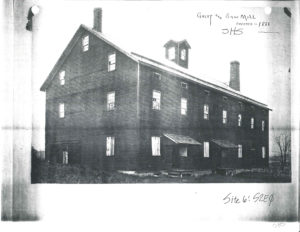
The County established the pond and the wildlife area around it as a nature preserve, which still exists today. There are some great walking trails through the area that provide a glimpse into this swampy ecosystem. Different blooming times for plants make this a worthwhile hike in every season – you won’t see the same thing twice! Not to mention, the pond and woods are home to lots of great wildlife, including snapping turtles, ducks, geese, all kinds of fish, and deer. Picnic tables on the shore provide a wonderful place for observation and a nice lunch (please carry all trash out with you!). Even though this peaceful area is a far cry from the busy part of a working community it was in the 19th century, its regression back into a natural swamp area provides a nice oasis in the middle of busy Albany.



